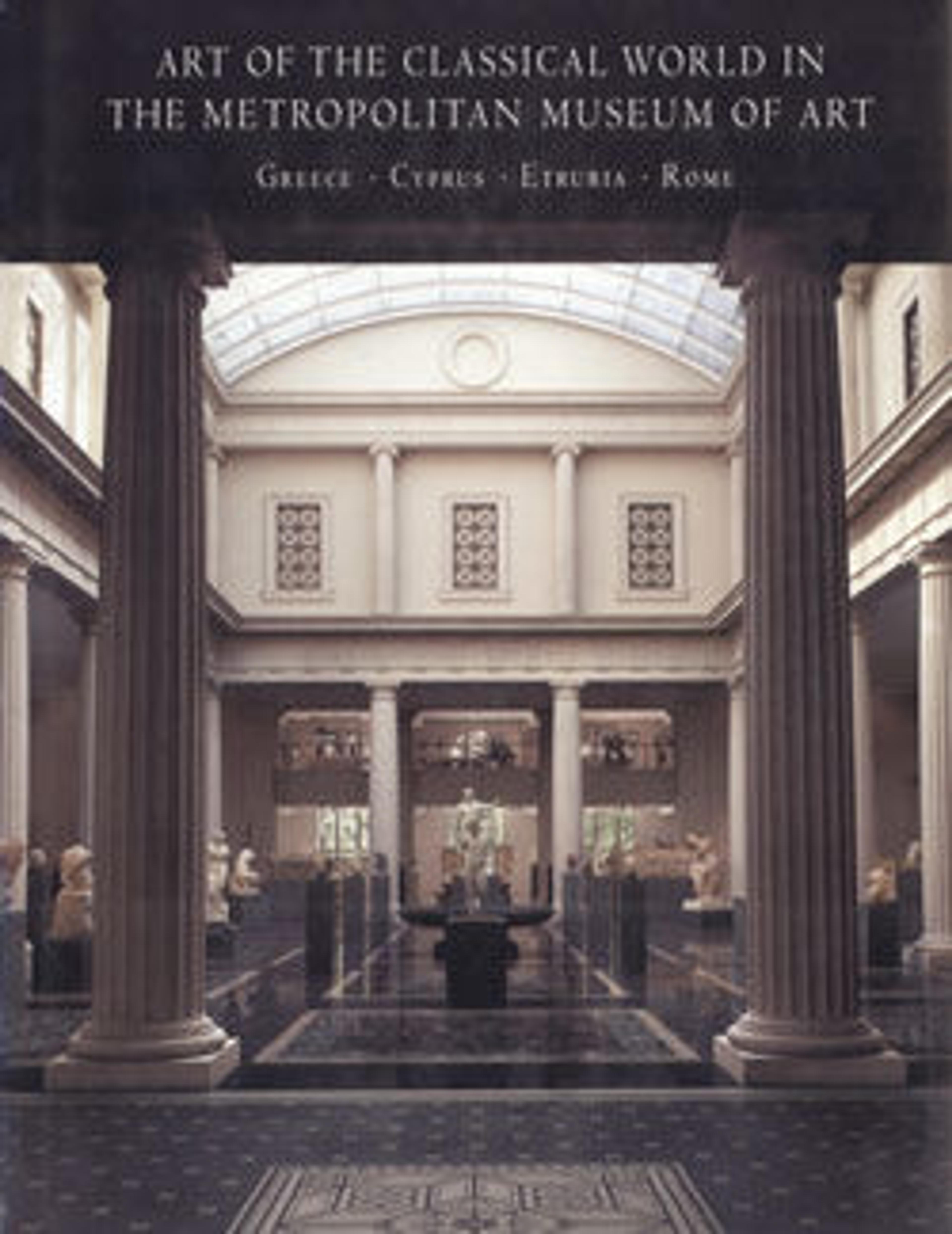Porphyry support for a water basin
In antiquity, porphyry was highly regarded as a royal stone, because its color was associated with the regal and, in Roman times, imperial use of purple to symbolize rank and authority. In addition, this very hard stone is found only in the eastern deserts of Egypt, making its extraction and transport extremely difficult and costly. Its use in Roman sculpture and architecture was therefore limited. This massive piece is one of a pair of supports that originally carried a deep oblong water basin, probably located in a major imperial bath complex. It exemplifies the opulence of Roman imperial sculpture at its height and is the most sumptuous ancient porphyry carving in an American collection.
Artwork Details
- Title: Porphyry support for a water basin
- Period: Mid-Imperial
- Date: 2nd century CE
- Culture: Roman
- Medium: Porphyry
- Dimensions: H. 30 in. (76.2 cm)
width 58 1/4 in. (148 cm)
Weight approx. 900 lbs - Classification: Stone Sculpture
- Credit Line: Harris Brisbane Dick Fund, 1992
- Object Number: 1992.11.70
- Curatorial Department: Greek and Roman Art
More Artwork
Research Resources
The Met provides unparalleled resources for research and welcomes an international community of students and scholars. The Met's Open Access API is where creators and researchers can connect to the The Met collection. Open Access data and public domain images are available for unrestricted commercial and noncommercial use without permission or fee.
To request images under copyright and other restrictions, please use this Image Request form.
Feedback
We continue to research and examine historical and cultural context for objects in The Met collection. If you have comments or questions about this object record, please contact us using the form below. The Museum looks forward to receiving your comments.
